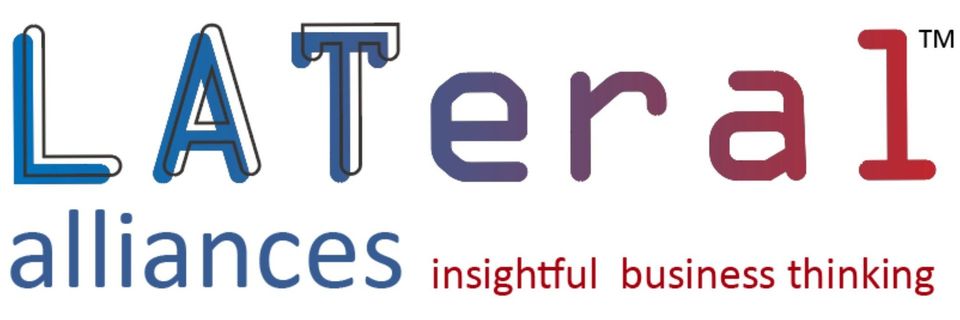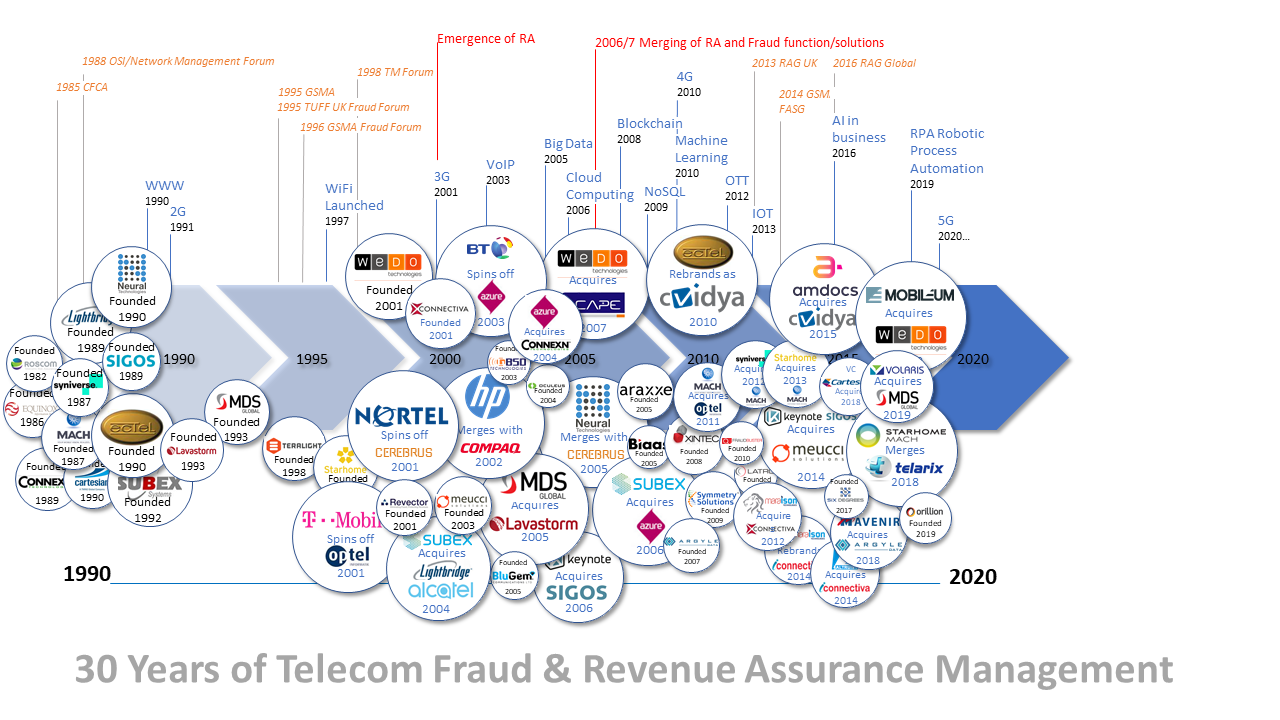Are things looking bleak for the fourth industrial revolution?
Can we scale up with the available skillsets...
Everyone on LinkedIn has read, shared or at least seen a post that mentions Artificial Intelligence, Machine Learning, Complex Computing, Blockchain… etc. Like it or not we are now living in a data-driven world, the fourth industrial revolution [1] where such terminology and phrases are now common-place. Data is now the new currency, the new oil, I recall reading an article last year which stated that there was 2.5 quintillion bytes of data created each day with the last two years alone generating 90 percent of the data in the world.
Things are afoot, disruptive technologies, digital transformation and more. Businesses that differentiate from their peers in regards competitiveness, uniqueness, satisfaction and performance rely on utilising the latest processes, techniques and technologies which also means the need for access to skilled employees and workers. So where are all these skilled, experienced and available analysts, data scientists, neural computing engineers? These advanced self-learning, intelligent techniques and technologies, even with the sleek marketing and PR spin, do require human intervention, oversight, management and design, which means skills. We are facing a skills gap.
This skills gap issue is due to the rapid advances in artificial intelligence, machine learning robotics and other emerging technologies that are being utilised in everyday business and consumerism. These advances are occurring in ever shorter cycles. The World Economic Forum predict at least 133 million new roles generated as a result of the new division of labour between humans, machines and algorithms that could emerge globally by 2022. That is a significant number – if it was a country it would be the tenth most populated sitting between Russia and Mexico…
The strong demand for technical skills like programming and attributes computers cannot easily master or attain such as creative thinking, problem-solving and negotiating will be in higher and higher demand.
This is a ticking time bomb, a recent study by Accenture, states the digital skills gap could cost the UK £141 billion in GDP growth over the next ten years alone.
A short-term solution to filling these skills gaps is for companies to pay a premium to acquire the talent when such specific skills are in demand. If they can find the people with the right skills and are happy to bear the investment, it of course creates an artificial bubble and will not help when in a few years’ time, when those new skills are more commonplace or possibly no longer needed…
Today, there is a massive shortage of people skilled in data science, analytics and AI. Companies won’t simply be able to fall back on hiring new employees as they attempt to future-proof their workforce. They simply do not exist. You cannot outsource for such resource; they are either lean, unqualified or non-existent.
One option is to reskill, but probably to be the most competitive and provide differentiating technologies like AI, robotics, etc. time has unfortunately passed. The World Economic Forum estimates that over 50% of all employees will require significant reskilling by 2022, but the problem is likely to be even worse in other regions.
This Fourth Industrial Revolution, the digitisation and automation of things will continue for the foreseeable future. This will impact the society and economies in a dramatic way. We cannot take lightly that robotics and AI will optimise and automate operations and remove jobs.
Education, universities and business do need to work together and collaborate on ensuring countries, companies, business and individuals can benefit from this new era without increasing economic inequality.
Times are exciting, our lives will be changing dramatically in the coming years, even months, the Fourth Industrial Revolution is upon us, but will it stall before it really gains momentum?
[1] The Fourth Industrial Revolution is a way of describing the blurring of boundaries between the physical, digital, and biological worlds. It’s a fusion of advances in artificial intelligence (AI), robotics, the Internet of Things (IoT), 3D printing, genetic engineering, quantum computing, and other technologies
Lateral Alliances offer professional and dependable consulting for all aspects of your company. From initiating and supporting marketing strategies, including PR, web design, graphic design, social media, business development, sale, right through to business and exit strategies, we have the skills and experience to support your business. We are a 'hands on' organisation, who prefer to get deeply involved in your business and challenges, not hide behind aimless discussions.
Insightful business thinking...












